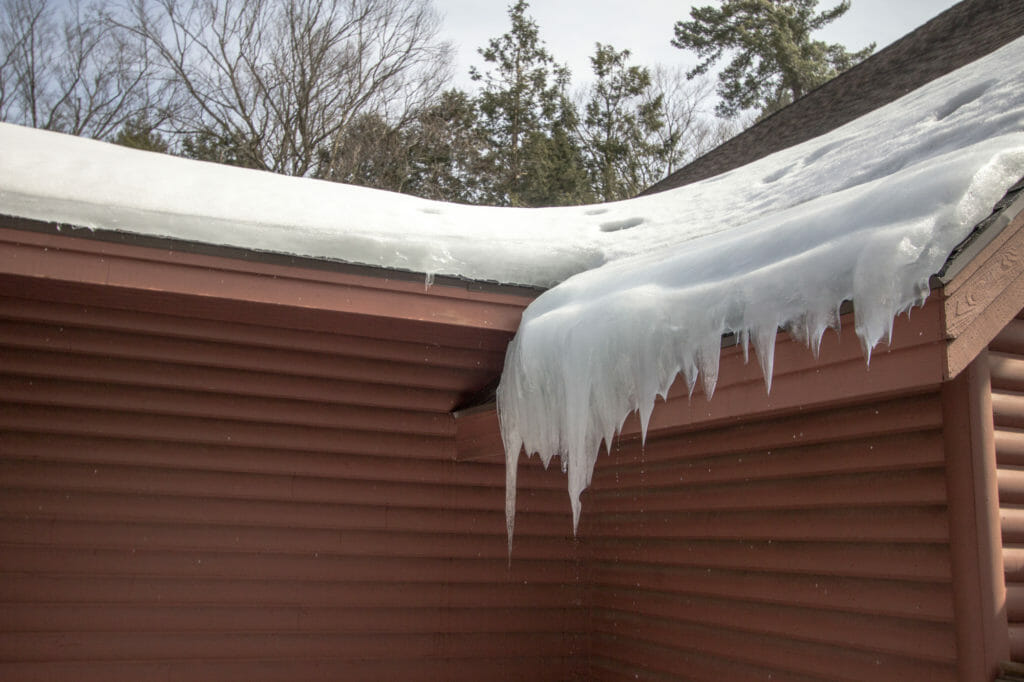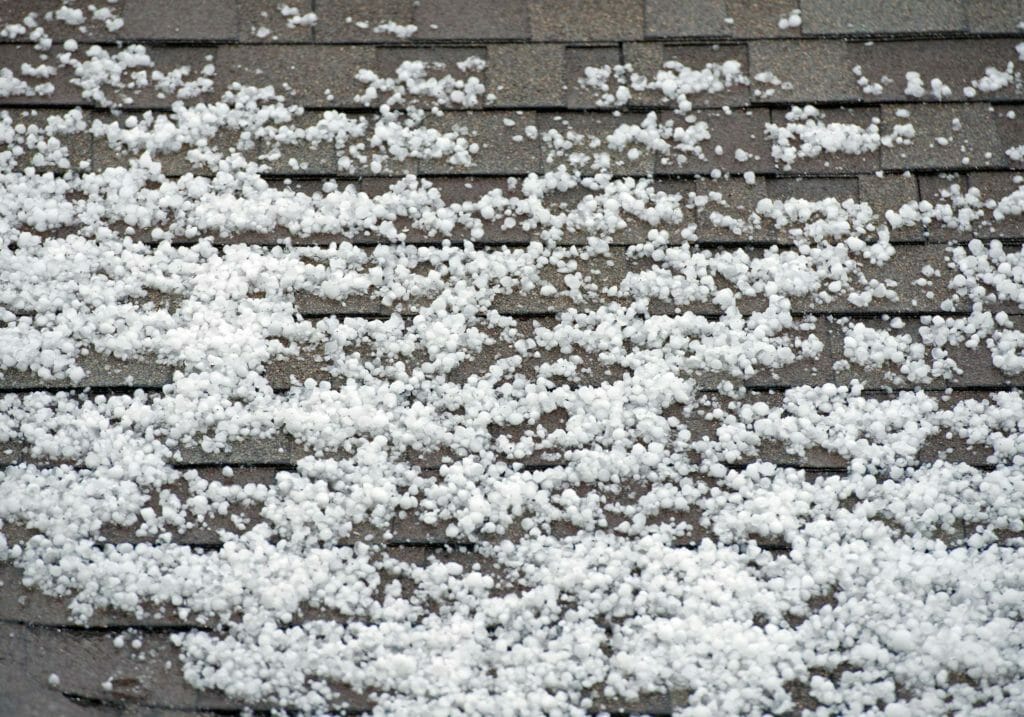Homeowners with high-reaching ladders may attempt a number of tasks without professional help. But without taking proper safety precautions, especially during harsh winter weather, such work can be extremely dangerous. Instead of putting yourself in an uncomfortable position, let Gutter Maids help you. Our experienced and expert employees have the training and equipment to scale roofs regardless of the slope or angle. (You might want to know why ladder works are very dangerous!)

Outdoor Winter Tasks That Require a Ladder
There are plenty of outdoor tasks workers need to perform in the winter that requires a ladder. These may include:
- Removing snow from the roof or outdoor storage areas such as shelving
- Hanging (or removing) holiday lights
- Updating information on signage
- Checking gutters, pipes, or electrical connections
- Changing light bulbs
- Removing dangling tree limbs
- Other tasks specific to your home or business
Unique Winter Hazards
It can be a treacherous time with snow and ice on the ground. Motoring and working outside are both hazardous at this time of year, so proper precautions must be taken. When using ladders outdoors at this time of year, it can be hazardous for several reasons:
- Firstly, while aluminum ladders are durable and don’t suffer cracking or other problems in the cold, aluminum, when very cold, can cause the skin to stick – especially if the hands are sweaty. At the same time, this may not lead to you being stuck to the ladder; it could undoubtedly make climbing difficult and cause a fall.
- Secondly, if a leaning ladder is erected n ice and snow, it can easily slip. This can be even more dangerous with black ice, which can be invisible to the eyes.
- Thirdly, as we wear more clothes in the cold weather, this can make climbing ladders more cumbersome, leading to falls and trips.
- Finally, snow can cause problems as it can melt, drip down the adder, and cause your hands and feet to slip from the rungs.
Beware Icy Conditions
Just as bridges freeze more quickly than the roads leading to them, ladders and similar surfaces typically begin to accumulate ice well before ground surfaces. The reason is the same: they’re elevated, open, and allow cold air to circulate around them. Even when precipitation falls as rain, colder air near the ground may cause ice to form. In addition, early-morning dew or rainfall can turn to ice if the temperature drops.
No two ladders are the same, so there’s no simple standard for determining when ice accumulation has reached a point at which you could be endangered. The presence of ice can create a serious hazard, so if weather conditions are conducive to ice formation, inspect the ladder periodically to ensure that ice hasn’t begun to accumulate. If you notice that ice is forming, you should either remove it or remove people from the hazard.
Remember that anyone who uses the ladder may also be placed in danger by ice. Even if the work is being done inside protected areas of the structure, ladders used to access those areas may create a hazard. Climbing up and down from your roof can be just as dangerous when a ladder is icy or wet, as many types of roof materials can also become very slick from ice accumulation, or even from a light frost.
For homes that have high roofs or landscapes that make it hard to secure a ladder, it’s best to leave the high climbs to the experts in the Minneapolis area. When winter makes you feel unsafe using a ladder for any task, don’t worry. Gutter Maids has your back!

